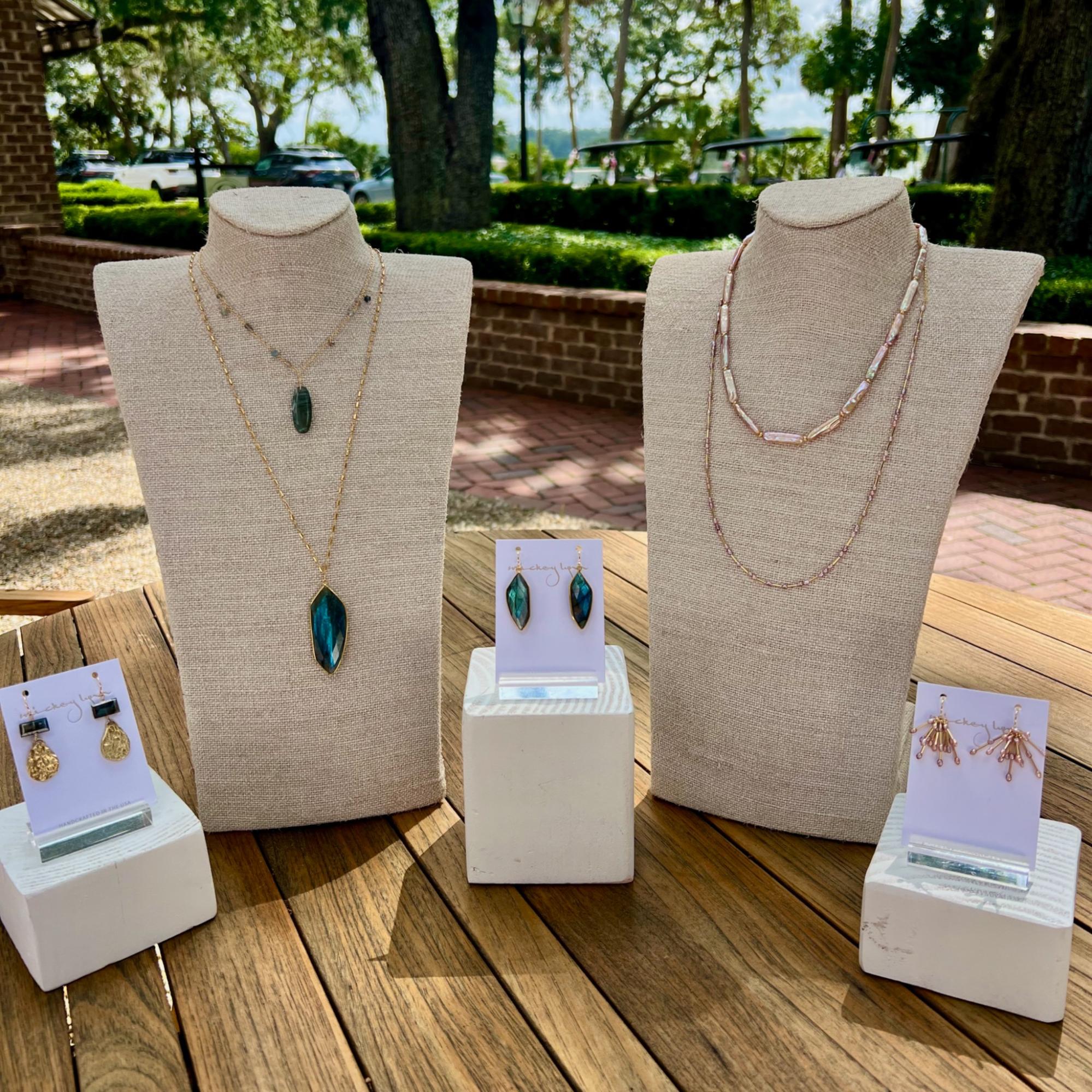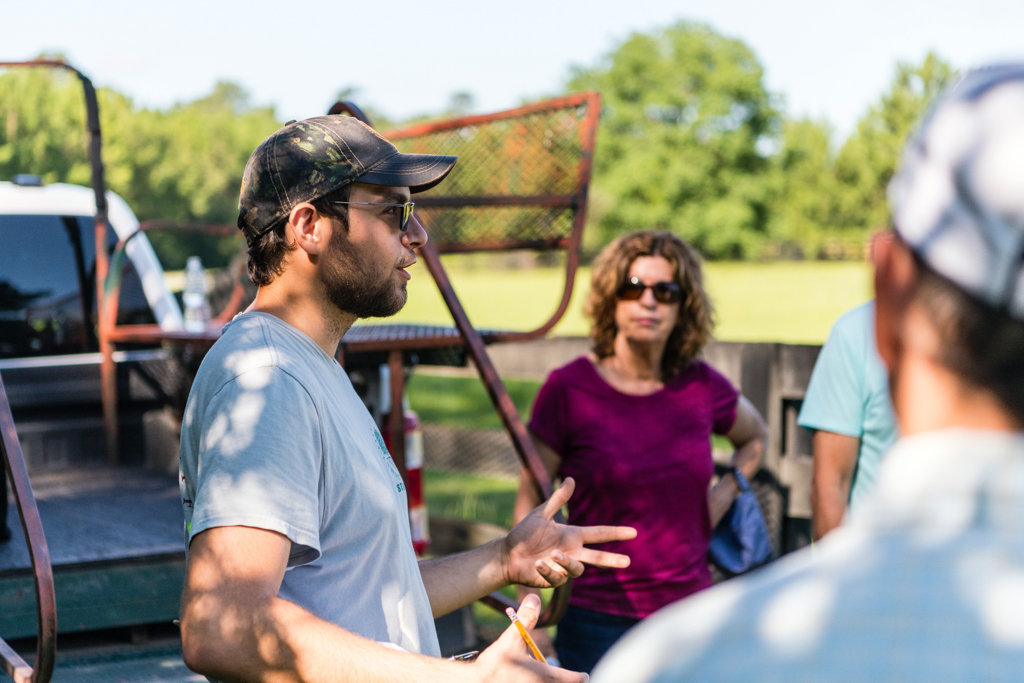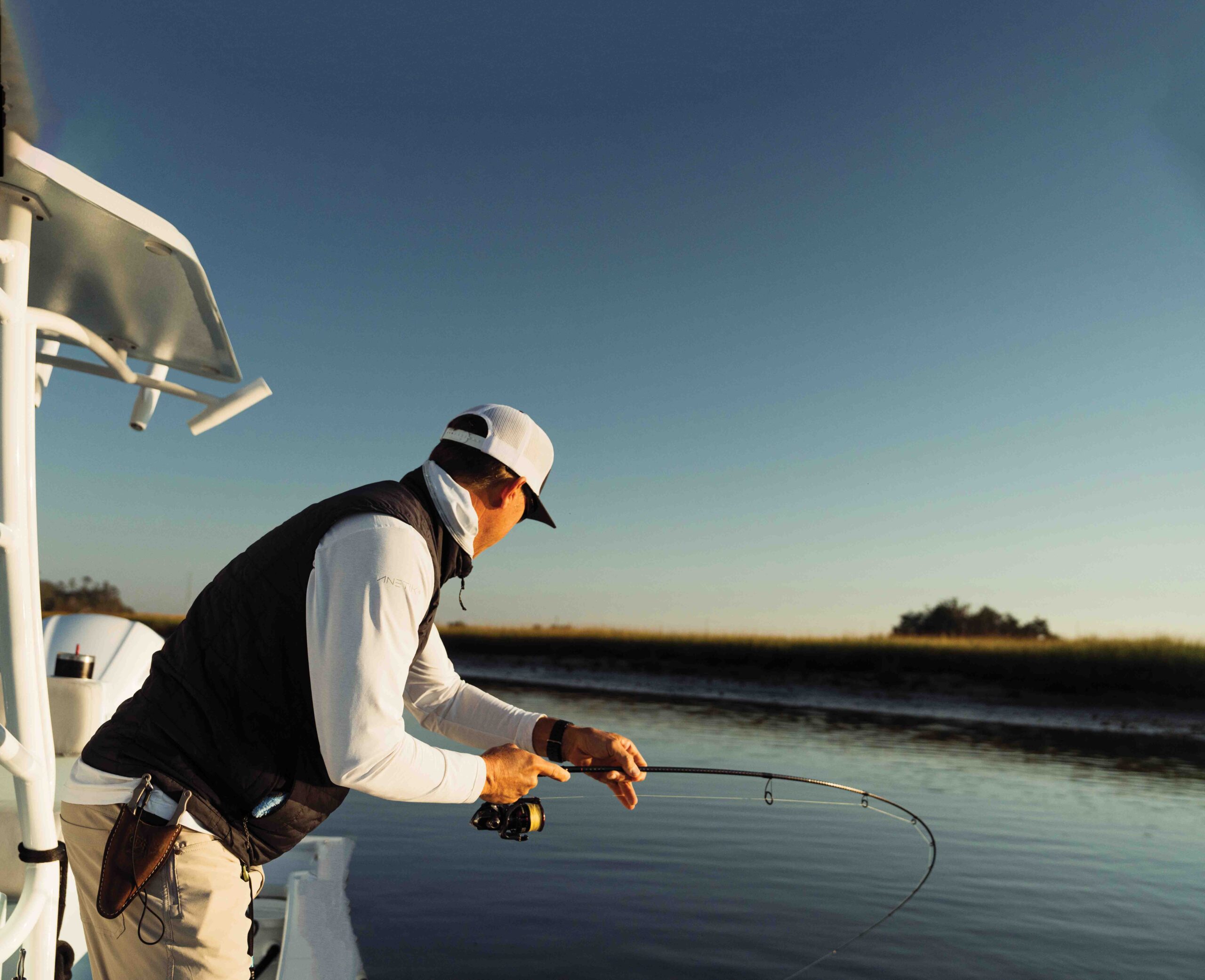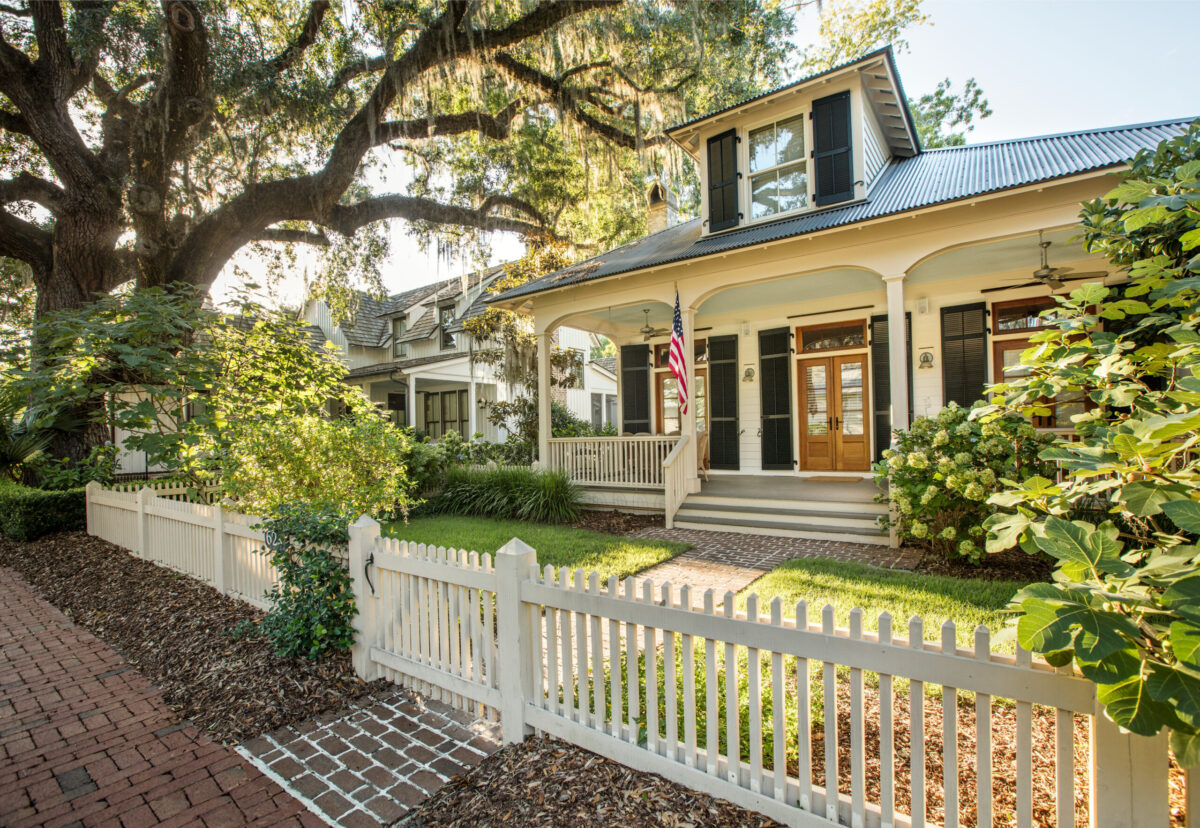Palmetto Bluff Real Estate Company Sales Office
Office Hours
Monday-Friday 9am - 5pm
Saturday 9am - 4pm
Sunday 12 - 4pm
Saturday 9am - 4pm
Sunday 12 - 4pm
If you’ve ever wandered the streets of Palmetto Bluff and gazed up at our centuries-old live oaks, you probably noticed delicate green fronds creeping up and curling around the massive trunks and branches, carpeting the trees in a lush green coat. This iconic image often seen throughout Southern landscapes is resurrection fern.

During periods of drought in the Lowcountry, folks not familiar with the magical ability of resurrection fern may spy its curly, brown leaves growing on the branches of a live oak and think it’s beyond hope. But then the rain comes, and with it, the miracle of resurrection fern…

The common name of the species Pleopeltis polypodioides, the resurrection fern is an evergreen fern that is typically found growing on trees, fallen logs, stumps, ledges, and rocks; however, in the Lowcountry, one of its most popular host plants is the live oak.
Like the Spanish moss that also makes its home on oak trees, the resurrection fern is an epiphyte, or air plant, which means it is dependent on its host plant for support but not nutrition. It grows on the surface of other plants and trees and derives its moisture and nutrients from the air, rain, water, or from debris accumulating around it. The flora is not parasitic and causes no injury to host trees; rather, it’s an integral part of the habitats that provide food and shelter for birds, lizards, insects, and mammals alike.

Found mostly throughout the Southeast, resurrection fern can be found in a variety of habitats, including as far north as New York and as far west as Texas. And, due to its ability to withstand drought, this tiny fern can do what few plants can: look dead one day and completely alive the next.
Pleopeltis polypodioides is called “resurrection fern” because, in periods without water, the fern appears to die. It shrivels up, its fronds turning brown and curling inward to minimize the surface area exposed to the element—that is, until the next rain, when the resurrection fern will miraculously spring to life within a matter of hours, uncurling and resurrecting to a live, healthy, green fern.

An old Southern favorite that grows four to 12 inches long, spreads widely by slender, creeping rhizomes, and is often found on the massive limbs of live oaks, this remarkable plant can lose 75-97% of its water content during extreme droughts and still survive! (By contrast, most other plants can lose only 10 percent of their water content before they die.) And while the plant gets its name from this supposed “resurrection,” it never actually dies during the process. It shrivels up to a grayish brown clump of leaves, coming back to life when it is exposed to water again—looking green and healthy.
Even more miraculous? It is thought that this Southeastern native can live as long as 100 years without water.

Here at Palmetto Bluff, resurrection fern is growing on most of the live oaks on property, as well as a few other species of trees, like cypress and magnolias. And, depending on recent rain conditions, there is an opportunity to observe the fern in both forms—desiccated and lush—all on the same day.

Palmetto Bluff’s Moreland Village feels a world away from the more traditional architecture of the iconi...

We are thrilled to introduce the inaugural winners of the Inspiring the Arts Scholarship—three extraordinary young women pursuing their artistic dreams through higher education! Katherine Donahue has been named our first official scholarship recipient, with Em...

From handmade jewelry to performance wear, the latest arrivals at Palmetto Bluff’s retail spots capture the season in true Lowcountry style. This summer, the Bluff’s shops are full of fresh finds, carefully chosen by our trusted retailers—including FLOW Galler...

Citizen Science is Thriving at Palmetto BluffDid you know that residents of Palmetto Bluff are playing a vital role in national and global conservation efforts—all from their backyard?Through the Palmetto Bluff Conservancy’s growing Citizen Science programs, c...

In October 2024, Grammy Award-winning musician Clay Ross visited Palmetto Bluff as part of The Arts Initiative's Artist in Residence Program. Through storytelling and song, he explores identity, heritage, and the universal language of sound. By Barry Kaufman ...

Palmetto Bluff Club Executive Chef Beth Cosgrove and Director of Culinary, Chef Rhy Waddington, Cook Up Four Peachy Recipes for a Summer in the South. Is there anything more iconic than a southern peach? A symbol of summer and Southern heritage, the peach car...

Following the tides and angling for redfish in Lowcountry creeks and estuaries with Captains Brian Vaughn and Will Stephens Story by Sandy Lang It is a sunny morning in October and the water is calm and glassy. The silence is punctuated by a gush of breath f...

7 Ways To Upkeep Your Palmetto Bluff Home As spring arrives in the Lowcountry, the change in season brings more than blooming marshlands and sun-drenched afternoons; it’s also a perfect time to refresh and care for your Palmetto Bluff home. Coastal living mea...

When the land speaks, you listen. And at Palmetto Bluff, it spoke to two of golf’s most legendary course designers—Bill Coore and Ben Crenshaw. We invite you to watch our newest video, shot this past winter and featuring Bill and Ben, along with South Street P...

5 Renovations to Increase the Value of Your Lowcountry Home Whether Palmetto Bluff is your full-time residence or a cherished retreat, deciding to sell is never a quick or casual choice. However, when the time does come, you want your home to be as market-rea...
Learn about the Palmetto Bluff Conservancy and how we keep the vision of our land in place.
On land or water, there is an ever-evolving variety of activities.
We do not attempt to independently verify the currency, completeness, accuracy or authenticity of the data contained herein. All area measurements and calculations are approximate and should be independently verified. Data may be subject to transcription and transmission errors. Accordingly, the data is provided on an “as is” “as available” basis only and may not reflect all real estate activity in the market”. © [2023] REsides, Inc. All rights reserved. Certain information contained herein is derived from information, which is the licensed property of, and copyrighted by, REsides, Inc.